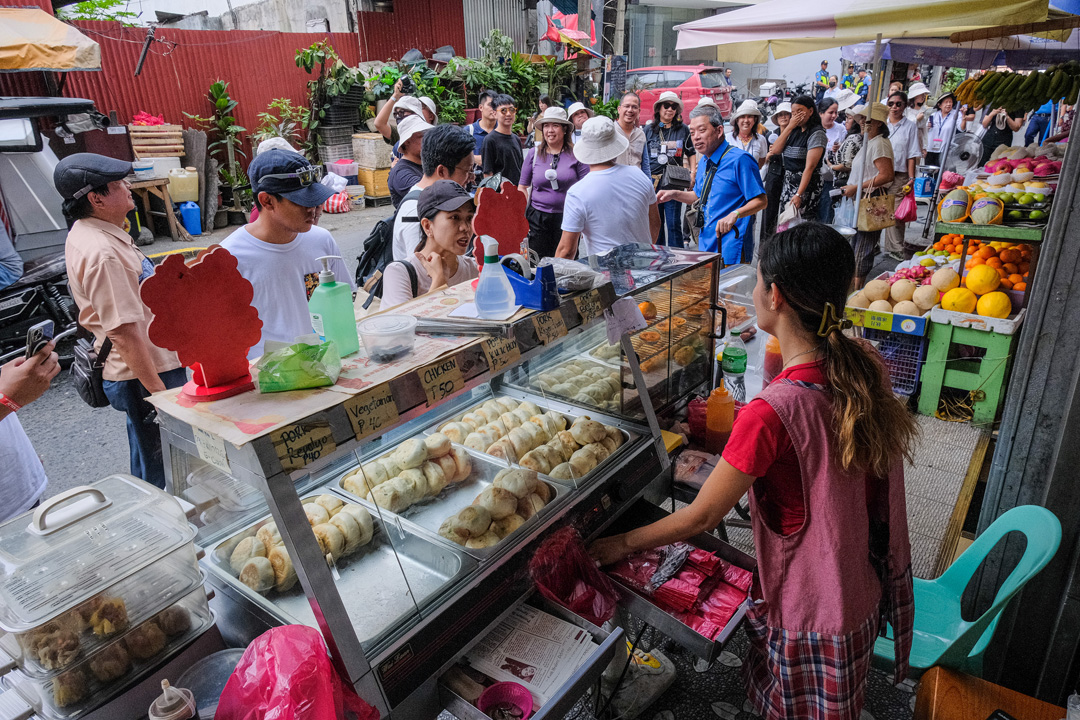
Upgrade to High-Speed Internet for only ₱1499/month!
Enjoy up to 100 Mbps fiber broadband, perfect for browsing, streaming, and gaming.
Visit Suniway.ph to learn
Countries that are part of the Southeast Asian region are expected to remain resilient and will continue to attract investments in high growth sectors, such as industrial and data centers, despite the uncertainties in the global landscape due to the evolving tariff situation caused by US President Trump’s reciprocal tariffs.
This was the assessment of Xian Yang Wong, head of research, Singapore and Southeast Asia at Cushman & Wakefield, a leading global commercial real estate services firm.
In a recent virtual briefing, Wong noted that “Southeast Asia’s resilience and strategic positioning make it a prime destination for global capital, but businesses must stay agile amid macroeconomic shifts.” He said that “despite challenges, I think Southeast Asia is still one of the fastest growing regions in the world. It is still expected to become one of the world’s fourth largest economy by 2030. And you can really see this in terms of economic growth in recent years.”
Wong pointed out that economic growth across Southeast Asia in 2023 and 2024 has continued to do well despite higher interest rates and inflation. “GDP growth was in the surplus in 2023, and while in 2025 it will come down slightly, it still remains quite commendable despite all uncertainties... domestic consumption is really very strong. It’s really a key driver of gross domestic product or GDP,” he pointed out.
As for most of Southeast Asia, Wong continued, “unemployment remains low, we still see rich growth. And the longer term fundamentals, such as youthful demographics, expanding middle class, urbanization and higher spending on infrastructure, these facts remain unchanged and this will underpin the long-term growth of Southeast Asia. So, the region is really no longer seen as a strategy for supply chain diversification, but also a key growth market for many businesses.”
Furthermore, he noted, “there is a lot of growth, and job creation will be in Asia Pacific. I think in Southeast Asia that also remains the same, and lastly, you know, while there is a lot of uncertainty right now and this has impacted sentiments... one thing to know is there was really good momentum building in 2024, then some of these will still spill over in 2025.”
Cushman & Wakefield’s head researcher for Singapore and SEA, highlighted the fact that “you can really see some of this momentum in foreign direct investments, which are expected to reach new records in 2024. There’s been a lot of investments going into Southeast Asia, and accordingly this has also boosted Southeast Asia’s relevance in global supply chains. You can see the number of exports in Southeast Asia, as the total of more exports from Southeast Asia has increased over the last 10 years.”
The continuing FDI inflows into the region, “coupled with the development of key infrastructure...like in the Philippines, I think there’s a development of the new Manila international airport, there are also a lot port activities...also in Vietnam, these continue to develop...exports from Southeast Asia are expected to grow... over time, notwithstanding the current tariff (negotiations) Asia Pacific is really a big, it is a huge region, and you also see a lot of intra regional trade happening, and also in Southeast Asia, and this has risen substantially over the last 10 years. So, I would say for US it is a big market and it is an important market for Southeast Asia. The region is also unattained by huge economies like China, India and Indonesia.”
Another factor to consider, according to Wong, “is that given all this uncertainty currently, I think supply chain diversification remains really important. Industrialists will be looking to incorporate more resilience into the supply chain and Southeast Asia remains attractive given the cost advantages in the region. So, given the different trade deficits across the region and where the reciprocal tariffs will end up, we could see more diversification within the region as well.”
As such, Wong believes that this could mean higher investments into Southeast Asian countries. However, he said that such investments would be contingent on industry suitability, as well as other factors such as access to talent, the weather, infrastructure and the supply ecosystem, and how developed it is in each market.
Moving on to real estate investment sales, Wong noted that despite the higher interest rate environment, real estate investment sales in Southeast Asia reached over $17 billion in 2024, or a 16 percent year-on-year increase, with Singapore drawing the bulk for investments in Southeast Asia, which is seen as a stable proxy for growth in Southeast Asia. The sales number, he clarified, is also driven by relatively higher property costs in Singapore as compared to the rest of the region as Singapore is expensive.
The Cushman & Wakefield researcher assured that investors look for higher returns, and as such could find higher yielding property in the rest of Southeast Asia.
One key interesting trend he observed based on 2024 sales figures is that industrial investment sales volumes surpassed office and retail investment sales for the first time in the last decade, highlighting the sector’s growing appeal in five of the six major markets in Southeast Asia -- Singapore, Malaysia, Indonesia, Vietnam and Philippines, where industrial sales volume was the number one sector, with only Thailand showing a higher sales volume for hotel investment sales because of its really large tourism industry and industrial sales only taking second place.
Wong, therefore, sees property investor sales for this year, “given that many investors are taking a wait-and-see approach... may come down a little bit.” At the same time, he believes, there may also be a “potential flight to safe havens,” as what what had happened during the first term of President Trump.

 2 days ago
2
2 days ago
2



